Kyoto Travel Guide
As I mentioned in my Tokyo travel guide, our trip to Japan left its mark on me. Despite not speaking any of the language, I felt at home there in more ways than I ever could have imagined. After falling in love with the hustle and bustle of Tokyo, we made our way to the train station and boarded the bullet train to our next destination: Kyoto.
Kyoto’s rich history and culture was evident within hours of stepping off the train. While it is not a small city by any means (the city is home to more than a million people), its abundance of ancient temples, shrines, canals, exquisite gardens, and cobblestone streets transports you back to another world.
Arriving at the height of cherry blossom season made it all the more breathtaking.
If I had to describe our time in Kyoto in one word, it would be ambitious. Since our time was limited, we packed a lot into those next four days, including a night’s stay at a traditional Japanese ryokan (located outside of Kyoto) and a day trip to Nara. In an ideal world, we would have be able to spend four to five full days exploring Kyoto and the surrounding area.
While most of Tokyo can be explored easily via the subway system, Kyoto requires more forethought. To put things in perspective, Kyoto is home to more than 1,000 temples and 17 Unesco World Heritage sites. Transportation options are abundant and you can pack a lot into one day, but many of the top sites and destinations are spread out in clusters across the city.
Downtown Kyoto offers a vast array of restaurants, markets, and stores, but the most beautiful portions of the city are located closer to the Higashiyama mountains and hillsides. You’ll want to spend the majority of your time in these areas.
As I mentioned earlier, we worked with an online travel concierge service called Journy to put together the itinerary for our trip. Thanks to their thorough planning and tips, we were able to maximize our time in Kyoto, visit most of the must-see destinations, and still have time to explore on foot.
I highly recommend looking into this service if you are planning a trip to Japan or any city for that matter!
I’ve included an extensive list of must-see destinations and restaurants at the bottom of this post, but you can find an overview of Kyoto travel tips and trip highlights below.
Top Kyoto Travel Tips:
- plan and book your accommodations (and favorite restaurant destinations) well in advance, particularly if you are traveling during cherry blossom or other peak dates.
- take out cash at local convenience stores (7-11’s) and always carry some with you. smaller denominations are best. some restaurants, shops, taxis, and temples do not accept credit cards.
- avoid traveling with large suitcases; make sure they have wheels. most train stations require you to climb at least one or two flights of stairs and overhead space in trains can only accommodate smaller luggage.
- take advantage of jet lag and plan your visits to popular tourist destinations and temples early in the morning, the closer to opening hour the better! you’ll be rewarded with far less crowds – if any – better photo opportunities, and stunning sunrises. tip: check opening hours before you plan your day; depending on the hour, public transportation options might be limited. bring a snack or plan to buy a hot drink from the street vending machines, as most businesses will not be open when you arrive.
- wear comfortable shoes designed for walking; the easier to take off, the better, as most temples and shrines require you to remove them prior to entering. wear easily removable layers, as the mornings can be quite chilly even during cherry blossom season.
- if you’re a bit more adventurous, plan for one traditional kaiseki dinner (at your ryokan or at a well-known Kyoto restaurant). Kyoto is famous for these elegant, multi-course dinners focusing on hyper-local food. if I’m being honest, this wasn’t my favorite meal from the trip, but it was an experience worth having.
- rent a Pocket Wifi (eConnect) – it is affordable and absolutely essential for navigating and planning your day.
- temple fatigue is real, so avoid packing every single temple destination into one single day. visit 2 or 3 at most, and break them up with meals, other activities, and on-foot exploring.
- book a traditional tea ceremony and learn about the region’s prized matcha. better yet, bring some home with you!
- leave your drones at home; most temples and heritage sites explicitly ban the use of drones. cameras are always welcome.
Nishiki Market:
A visit to Kyoto wouldn’t be complete without at least one visit to the famed Nishiki market, located in downtown Kyoto. Be prepared for crowds at all times of the day as this is a popular shopping and food destination for locals and tourists alike.
Go hungry and try a range of street foods, such as takoyaki (octopus balls), tamagoyaki (Japanese rolled omelettes), tempura, grilled octopus on a stick, and so much more.
Must-Visit: Be sure to make time to visit to Artisugu Knives, one of the oldest knife makers in all of Japan, located on the north side of the market. Here you’ll find beautifully crafted knives and kitchen tools of all shapes and sizes. If you’re looking to bring home a Japanese knife (my favorite souvenir from our trip), be sure to bring cash as this shop does not take credit cards. All of the knives can be hand engraved with your name (in Japanese characters) and come with a quick lesson on how to store and take care of them at home.
Fushimi Inari-Taisha Shrine:
One of Kyoto’s most famous shrines, Fushimi-Inari Taisha is located in southeast Kyoto and is a must-visit for anyone traveling to the area. Known for its endless number of huge, bright orange torii (shrine gates), this temple was one of the most memorable sights from our time in the city.
I highly recommend planning a visit early in the morning (it opens at dawn), as this temple gets very crowded during the day. We were lucky to visit during a slightly rainy morning, so we didn’t experience quite as many crowds as usual. The shrine complex is quite long and large, and the crowds disperse and lessen the farther up the mountain you walk, so plan on staying for at least an hour or longer! The entire path is 4 kilometers in length.
Arashiyama Bamboo Grove:
One of my favorite spots in Kyoto, the famous Arashiyama bamboo grove is stunning to see in person and almost impossible to describe in words (the pictures don’t do it justice!).
If you’re heading to Tenryu-Ji or Okochi Sanso villa, you’ll inevitably head into this area. Make time to soak it in, take photographs, and look straight up! The twisting, intertwined, massively thick bamboo stalks are a sight to see.
Okochi Sanso Villa:
I’m not sure if we would have known to visit this smaller estate if it hadn’t been at the recommendation of Journy, and it remains one of my favorite spots in Kyoto
The estate is beautiful, but the grounds, stunning flowers, and moss gardens are breathtaking and some of the most beautiful ones we saw during our time in Kyoto. It also also offers beautiful views of Kyoto in the distance. Unlike many of the larger shrines and temples, Okochi Sanso has an entrance fee. However, this comes at the benefit of reducing visitors and crowds (despite visiting at a relatively busier time, the grounds were very quiet).
Admission comes with complimentary green tea and a traditional Japanese sweet, which is a welcome treat at the end of your visit! Some of my favorite photographs from our trip were taken in this beautiful location.
Tenryū-ji:
Located within a short stroll of Arashiyama Bamboo Grove and Okochi Sanso Villa, Tenryū-ji temple has some of the finest gardens in all of Kyoto and offers gorgeous mountain views.
If you’re looking for a traditional Japanese meal, book a reservation at Shigetsu, a traditional Zen Buddhist vegetarian restaurant located on the grounds of the property. For about $30 dollars a person, you receive rice, soup, and five side dishes showcasing traditional local cuisine.
Arashiyama Monkey Park Iwatayama:
If you’re visiting the Arashiyama area, consider a visit to the Arashiyama monkey park. Grab a cappuccino at famed Arabica coffee, set just along the river, on the way. Truthfully, I was expecting the park to be very touristy and not worth the hype, but we were pleasantly surprised and loved our experience. It also offered a fun interlude between the many cultural sites and temples.
Admission is very cheap, the hike up provides a short workout, and you’re greeted with incredible views of downtown Kyoto (the view is worth the visit alone!) and close encounters with countless wild monkeys. Ironically, if you choose to do so, you can go into one of the caged structures and feed them by hand for a couple yen.
Be sure to bring your camera for this!
Kiyomizu-dera Temple:
If there is one temple that’s worth waking up and visiting during sunrise, this is it. We (along with our friends Lindsay and Taylor – who we met up with again after Tokyo!) arrived just before its opening, which allowed us to explore the entire temple grounds with hardly a tourist on site – a magical, tranquil experience in and of itself!
Located in Southern Higashiyama, Kiyomizu-dera Temple is perched on top of a hill overlooking Kyoto amongst beautiful neighborhoods that are perfect for strolling and exploring on foot. Unfortunately, a large part of temple is/was under construction during our visit, but the grounds are beautiful especially in the spring when the pinkish white cherry blossoms are set against the red-orange temple colors.
Philosophers Walk:
If you happen to visit Kyoto during the spring or fall (or anytime, for that matter), be sure to make time to stroll down Philosophers Walk, a beautiful cobblestone path lined canal in the neighborhoods of Higashiyama. You can’t beat this location during cherry blossom season.
Ao-Onigiri:
Be sure to grab lunch at Ao-Onigiri, a casual counter-stylerestaurant specializing in homemade nigiri, located within a short walking distance of Philosophers Walk. Tucked away in a quiet residential street, this was one of our favorite dining spots of our entire trip to Japan, and is the main reason why I fell in love with homemade onigiri.
I can’t even describe how good these were. An absolute must-visit in Kyoto! So, so delicious. Personal favorites included the umeboshi (pickled plum), curry chicken, and salmon. This is not a place that you’ll stumble upon, so be sure to use your phone for navigation.
Ginkaku-ji Temple:
If you’re in the Higashiyama area, make a visit to Ginkaku-ji Temple. Like many of the other temples shared in this guide, it offers some of the most beautiful grounds (and structures) in Kyoto.
The meticulously raked sand gardens (symbolizing a mountain and lake) were the main highlights. This entire site gets very crowded – although nothing overwhelming – so it is best to visit just as it opens or is about to close.
Day Trip to Nara:
If you have an extra half day or full day to spare, I recommend considering taking a half day to explore the city of Nara, located within an hour’s train ride of Kyoto. The trip is very manageable and the train schedule offers flexibility if you want to be flexible with time.
Nara, Japan’s first permanent capital city, is home to eight Unesco World Heritage sites, and many of them are located within a short walk of one another. The destinations were more crowded than the ones we visited in Kyoto, but they were some of the most impressive structurally.
If you visit Nara, you won’t be able to miss the famous park, home to the hundreds of freely roaming, people-friendly deer. Seriously, you’ll see more deer than you’ve ever seen before in your life. It was incredibly bizarre and wonderful all at the same time. For just a few yen, you can buy a package of deer-friendly rice biscuits to feed them – and they’ll follow you around and nibble at your pockets until you do so! Be prepared to make friends with a lot of deer.
Todai-Ji:
This impossibly large structure is home to the famous Great Buddha, and while it gets packed with school and tourist groups, the grounds are large enough to absorb the crowds.
A must-visit in Nara!
Where to Eat + Drink:
- Kyoto Station (10th Floor Ramen Street) – Kyoto station is an incredible building and it offers a vast array of restaurants to eat at. Reserve time to visit the 10th floor ramen station, home to eight ramen shops. Each shop showcases various ramen from all different regions of Japan. Make sure you have cash on hand, as you’ll be ordering from a traditional vending machine.
- Nishiki Market – located in downtown Kyoto, this famous market is home to countless food stalls and shops. It is also a great place to grab a special treat to bring home to family members or friends!
- Miyato Yasaikamo – this spot offers an incredibly affordable all-vegetarian buffet (less than 10 dollars a person!) open for breakfast, lunch, and dinner. While we didn’t have time to visit, our friends Lindsay and Taylor loved it – and it came at the recommendation of Journy.
- Shigetsu – a traditional Zen Buddhist vegetarian restaurant located on the grounds of Tenryu-ji Temple. For about $30 dollars a person, you receive rice, soup, and five side dishes showcasing traditional local cuisine. The experience is better than the food.
- % Arabica – Kyoto’s most famous coffee shop. If you’re looking for cappuccinos and lattes, this is the place to visit to get your caffeine fix. They also offer excellent baguette sandwiches filled with brie and prosciutto (if you’re dying for a non-Japanese bite!). Be sure to visit at off-times, as all of their locations almost always have a line out of the door and minimal seating.
- Giro Giro Hitoshina – I first read about this place in a recent issue of Food & Wine magazine, and we had one of our best meals in Kyoto here. Be sure to book a reservation in advance. Featuring modern kaiseki cuisine (at a very affordable price), the picturesque restaurant is located along Kyoto canal.
- Ao-Onigiri – an absolute must visit in the Kyoto area. This tiny single-counter restaurant, specializing in Japanese onigiri, happens to be walking distance of Philosophers Walk and Ginkaku-ji temple. Everything you eat here will be delicious and the atmosphere is incredibly charming. It is a hidden gem!
- Kura Kura – our last meal in Kyoto was spent at this fun Japanese izakaya within walking distance of Kyoto station. The food wasn’t quite as delicious as our favorite izakaya in Tokyo, but the atmosphere was very memorable and unique. The restaurant filled with locals and the staff speaks very little language, so be prepared to ask for recommendations, try new things, and enjoy the ambiance.
- Ogawa Coffee (Kyoto Station) – if you have time to kill before taking the bullet train back to Tokyo, make a pit stop at Ogawa Coffee – located at the central entrance. They offer a various reasonable breakfast combo complete with a specialty coffee of your choosing, croissant, yogurt and fruit. Be sure to try a slice of their matcha cake.
What to See + Do:
- Nishiki Market – located in downtown Kyoto, this famous market is home to countless food stalls and shops, where you can find every type of street food. Bring cash and be sure to visit Aritsugu, one of the oldest and most respected knife shops in Japan.
- Fushimi Inara Taisha – famous for it’s bright orange torii (shrine gates), this is a must-visit temple in Kyoto. The beginning section can be more prone to tourists and large crowds, so wear comfortable shoes and allow for time to walk farther into the complex. Highly recommend visiting early in the morning to avoid crowds.
- Gion District – Kyoto’s famous geisha district, this area is known for its tea shops, restaurants, and traditional wooden Japanese architecture. It’s particularly beautiful at dusk.
- Pontocho Alley – a narrow alleyway filled with small bars and restaurants in Kyoto. It is worth taking a stroll here at night when all of the lanterns are lit.
- Okocho Sansa Villa and Garden – it’s easy to miss this hidden estate just steps from Arashiyama Bamboo Forest, but it is worth a visit and extra admission charge. The gardens are stunning, visitors are sparse, and on clear days, it offers views of downtown Kyoto. Admission comes with a complimentary green tea and Japanese sweet.
- Arashiyama Bamboo Forest – the famous bamboo forest! The path leads to Tenryu-Ji temple, so it’s hard to miss and an incredible sight to see on overcast or sunny days. Visit early in the morning to avoid larger crowds.
- Tenryu-ji Temple – located within a short stroll of Arashiyama Bamboo Grove and Okochi Sanso Villa, Tenryū-ji temple has some of the finest gardens in all of Kyoto. If you’re looking for a traditional Japanese meal, book a reservation at Shigetsu, a traditional Zen Buddhist vegetarian restaurant located on the grounds of the property.
- Iwatayama Monkey Park – if you have time to spare, pay a visit to witness stunning panoramic views of downtown Kyoto and see wild monkeys up close. The hike up is moderate, so be sure to wear tennis shoes and comfortable clothing. Just remember not to touch the monkeys.
- Kiyomizudera Temple – if there is one temple that’s worth waking up and visiting during sunrise, this is it. You’ll the crowds, get to explore the quiet cobblestone streets surrounding the area, and be rewarded with fantastic photo opportunities.
- Camellia Tea Ceremony – located in a traditional house not far from Kiyomizudera Temple, this company offers tea ceremony classes showcasing the process and ritual of making matcha tea. During the tea ceremony, the guides will teach you (in English) all about the significance of each part of the ceremony. This was very informative and fun.
- Philosopher’s Walk – a beautiful cobblestone path lined canal in the neighborhoods of Higashiyama. You can’t beat this location during cherry blossom season. Be prepared to take a lot of photos.
- Ginkaku-ji (Higashiyama Jisho-Ji) – this Higashiyama temple offers some of the most beautiful grounds (and structures) in Kyoto and is a short walk from the Philosophers Walk. The meticulously raked sand gardens (symbolizing a mountain and lake) were the main highlights. This entire site gets very crowded – although nothing unmanageable – so it is best to visit just as it opens or is about to close.
- Tōdai-ji (Nara, Tokyo) – this impossibly large temple is home to the famous Great Buddha, and while it gets packed with school and tourist groups, the grounds are large enough to absorb the crowds. This made all of the temples in Kyoto look tiny in comparison. The size was stunning to witness in person. A must-visit in Nara!
Where to Stay:
- Minato Hotel – an intimate, family-run bed and breakfast located in downtown Kyoto, blocks away from Nishiki Market. The rooms are smaller, but beautifully kept and the rate includes an American-style breakfast. While the owners don’t speak much English, the family is incredibly accommodating and we loved staying in a smaller, quieter spot during the majority of our stay.
- Daiwa Roynet Hotel – this hotel is located within a block of Kyoto station, making it a great place to stay if you’re arriving late into Kyoto or are looking to make an early departure back to Tokyo the following morning. It also happens to be walking distance to a lesser-known, but incredibly impressive temple that is absolutely worth a visit!
Japan Travel Tips + Recommendations:
- Journy – an online travel concierge service, which uses local chef, blogger, and insider recommendations to plan every last detail of your trip. They deserve all the credit for our remarkable dining experiences (listed above) and wonderful intinerary.
- JR Rail Pass – Japan Rail Pass makes it very easy and relatively affordable to travel by train or bullet train to Kyoto, Nara, and countless other areas of Japan. You can even use it in lieu of the traditional metro to travel around Tokyo. This is only available for foreigner-travelers and must be booked in advance prior to the trip. We purchased a 7-day pass for our trip.
- Google Maps + Hyperdia App – we used Google maps primarily to navigate the metro system and streets, but both of these are absolutely necessary for any trip to Japan.
- Pocket Wifi (eConnect) – wifi is essential for travel in Japan. We would have been lost without it (quite literally) and it is very affordable. Don’t bother switching your normal cell phone service to international, it might not work properly and having wifi on-the-go enables you to save battery power. Book a pocket wifi in advance, arrange to pick it up at your hotel upon arrival, and plan on dropping it off at the airport just before departing. Remember to charge the batteries each day!
- 72-Hour Subway Ticket – if you choose not to activate your JR rail pass upon arrival (as we did), this ticket offers a cheap way of traveling from the airports and across Tokyo. It exclusively for foreigners and only available to purchase at the airport.
- iPhone Battery Case or Portable Charger – you’ll most likely being using your phone a lot for navigation and photos, so be prepared with extra batteries! These came in handy many, many times.
- Google Translate – this wasn’t always reliable, let alone accurate, but it can be a life saver at times.















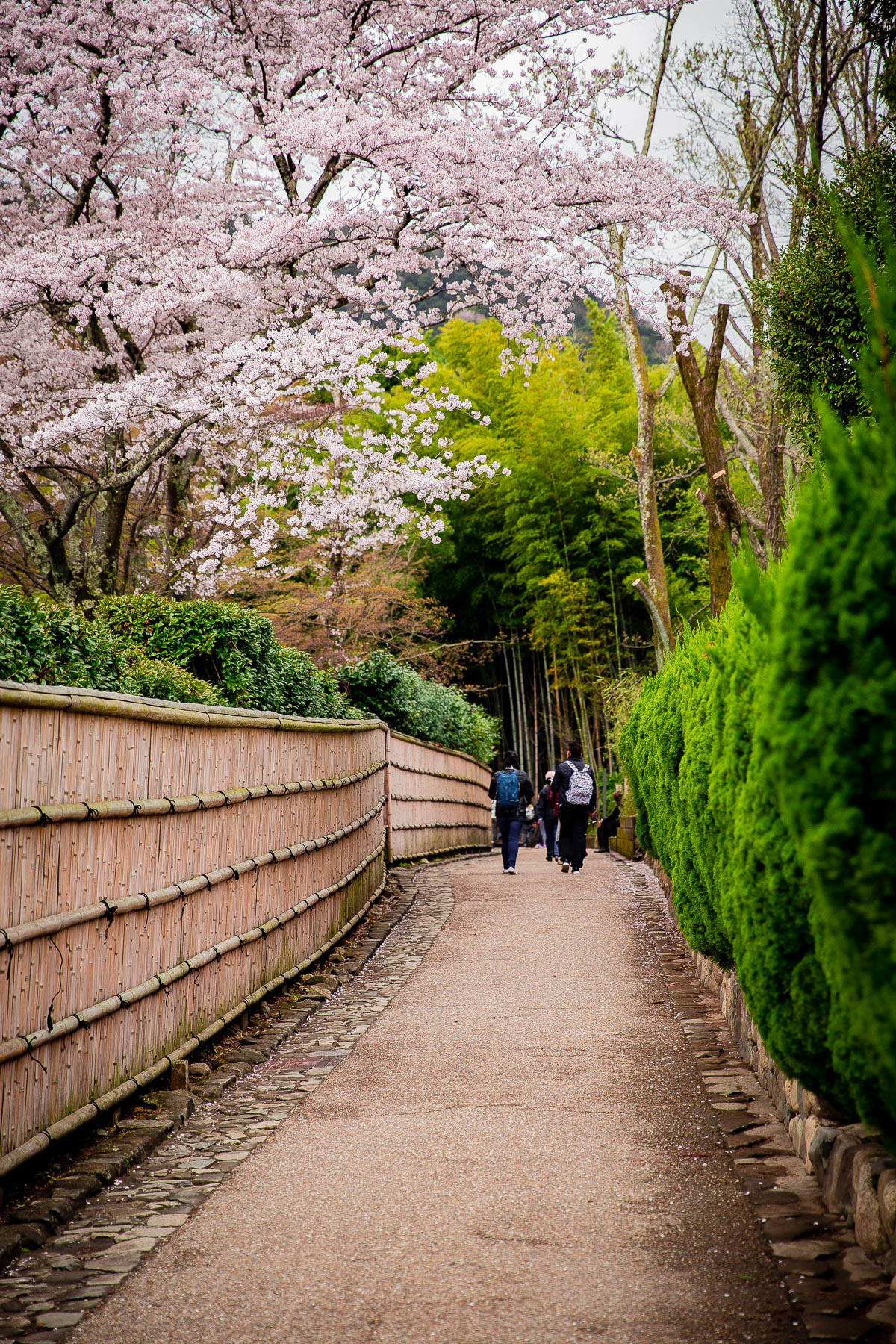




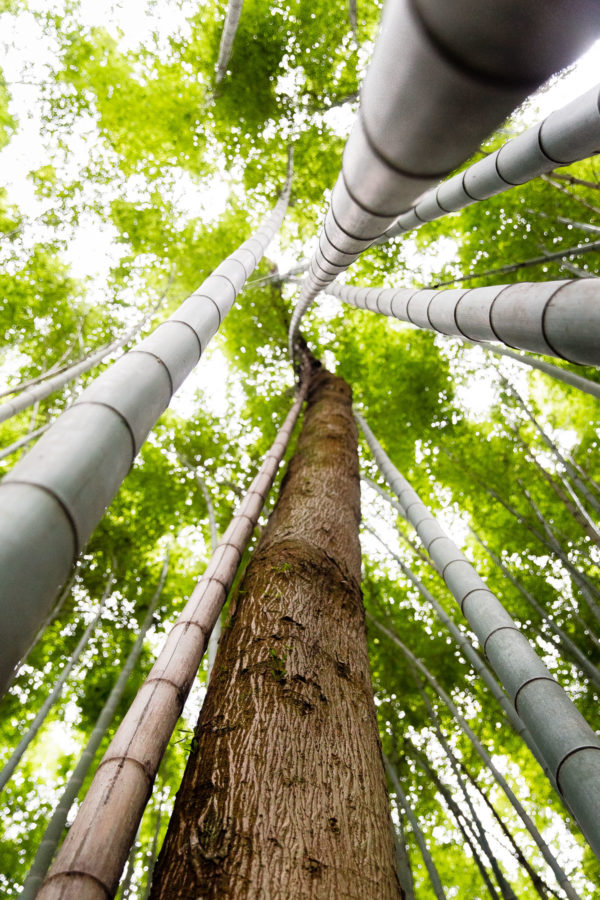



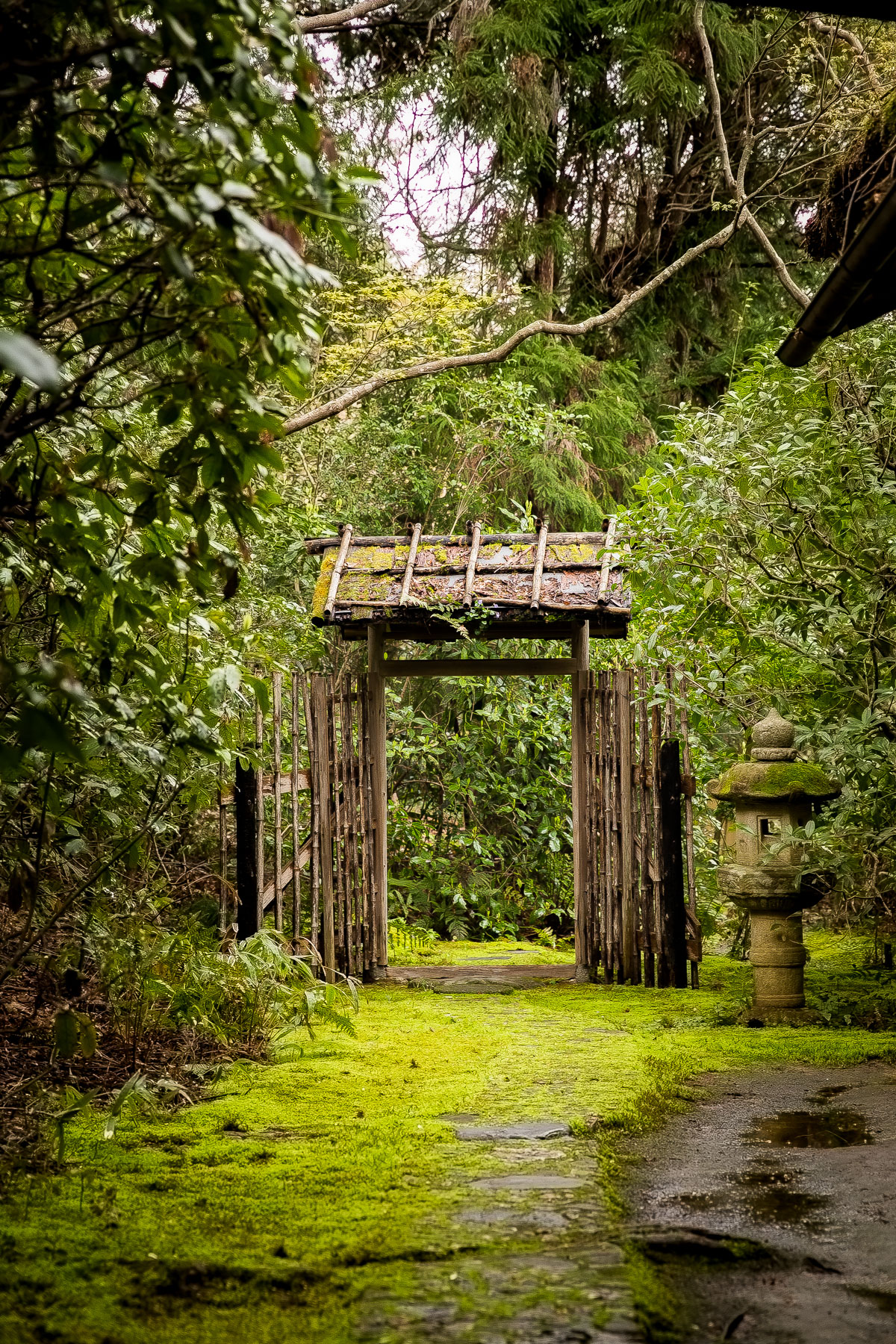
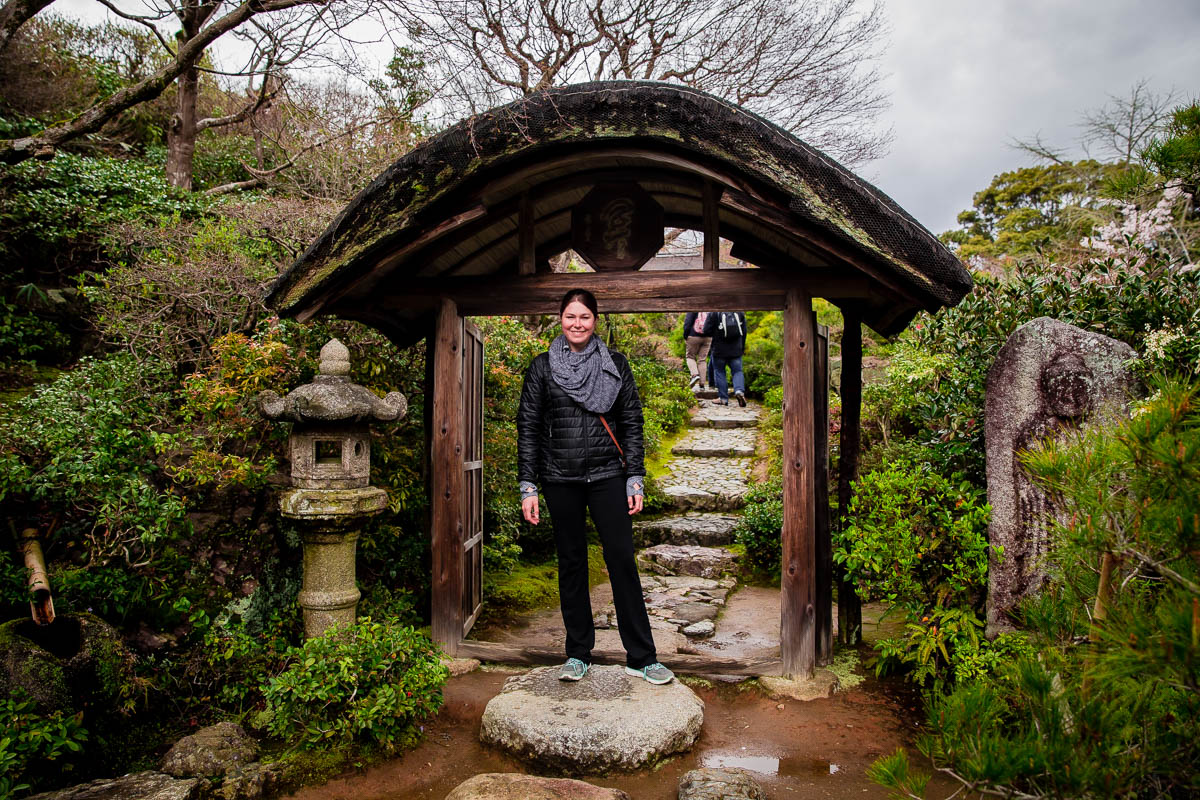


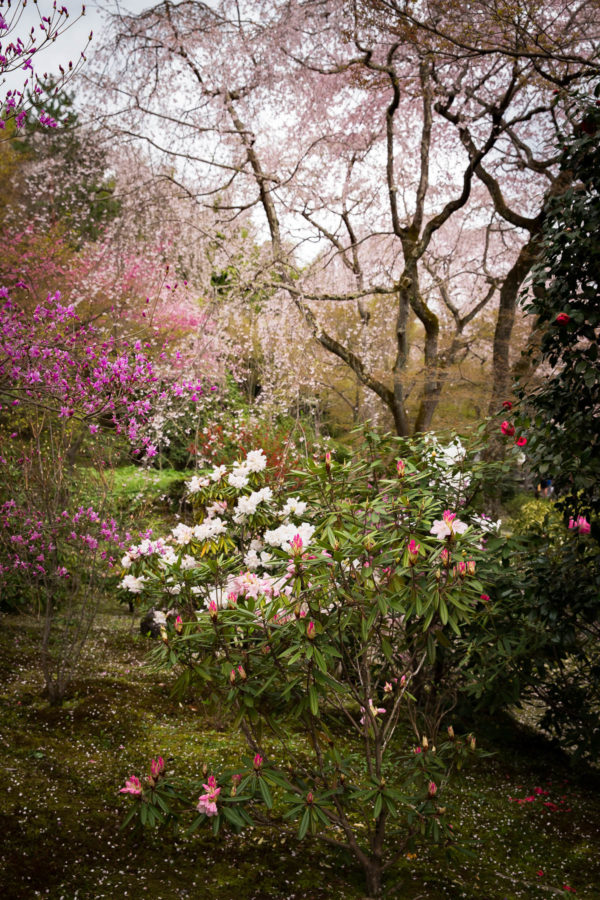























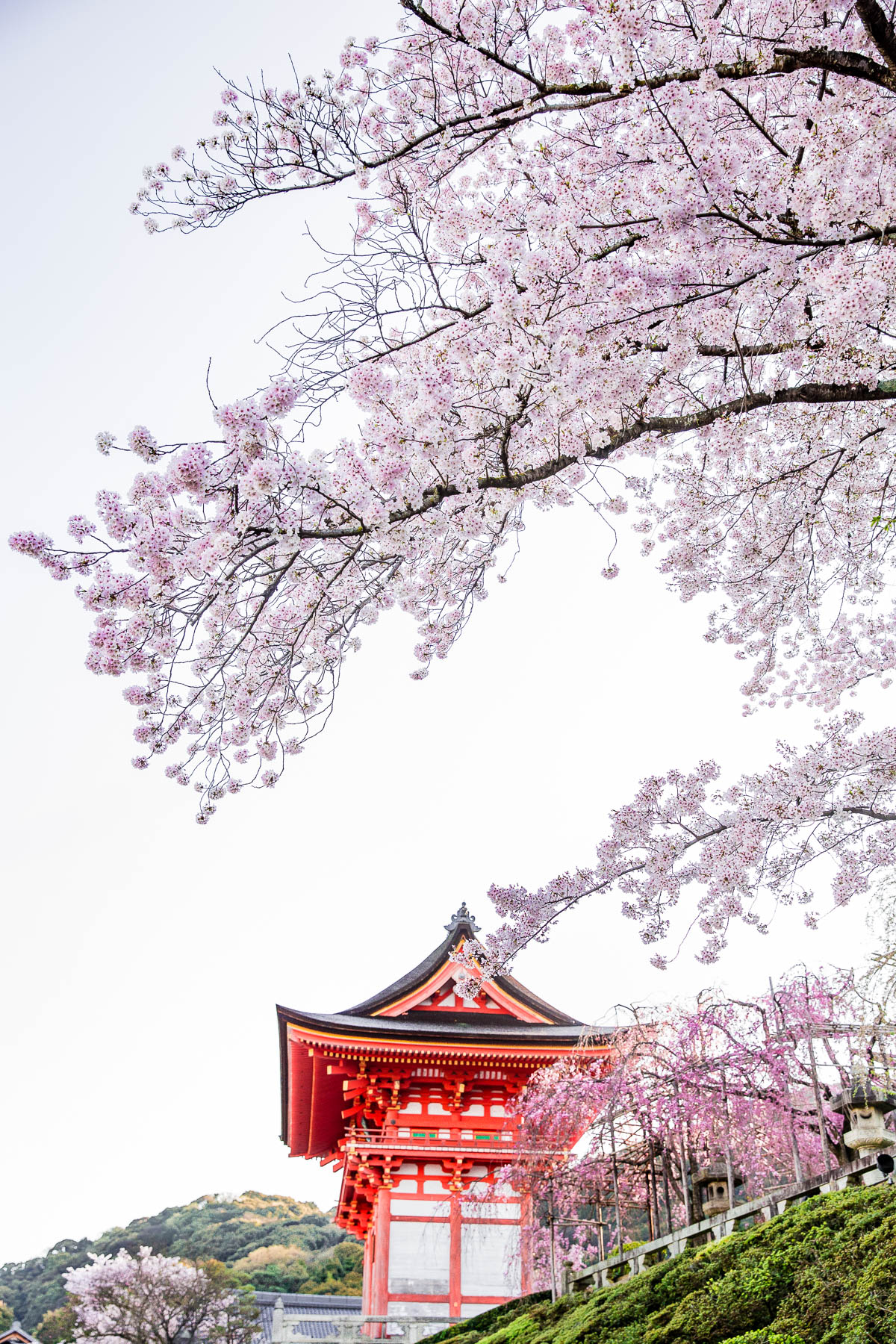










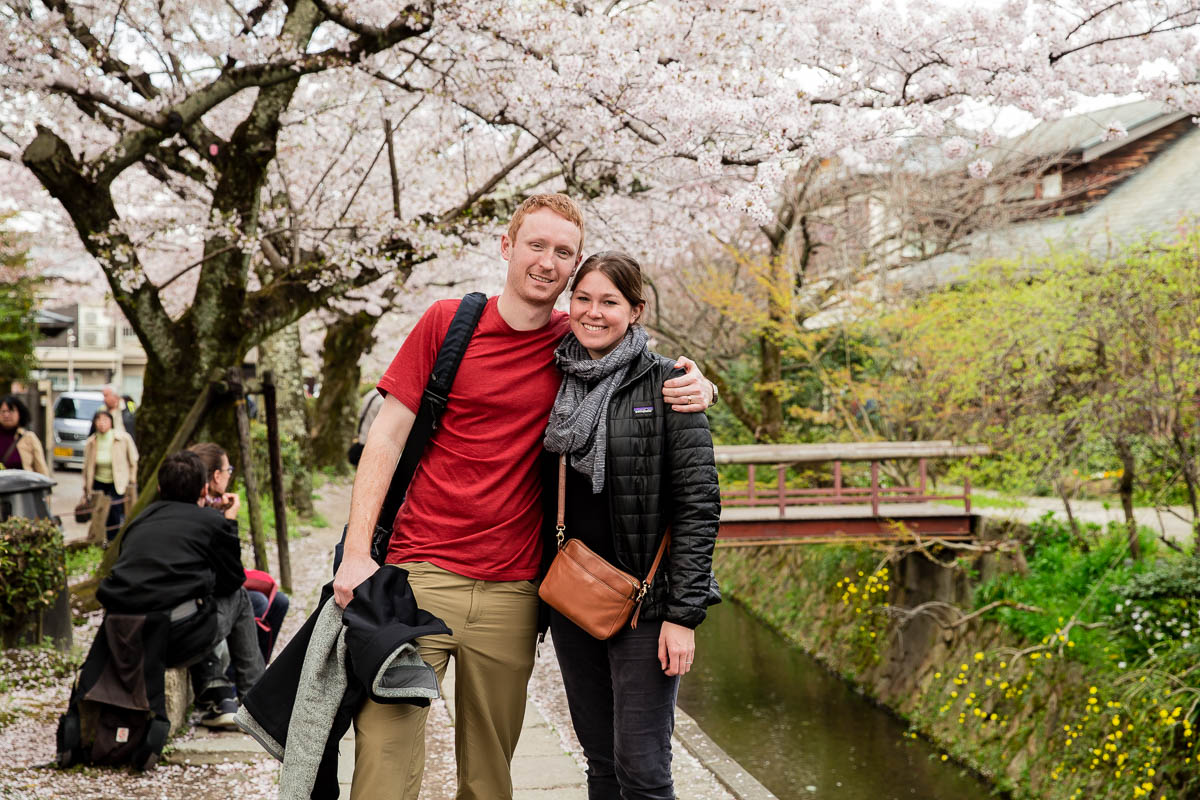
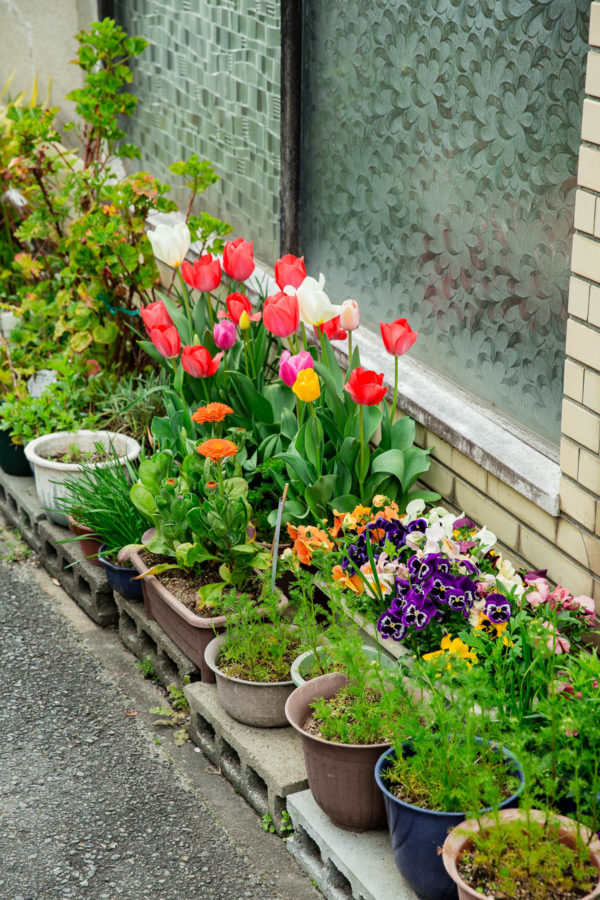
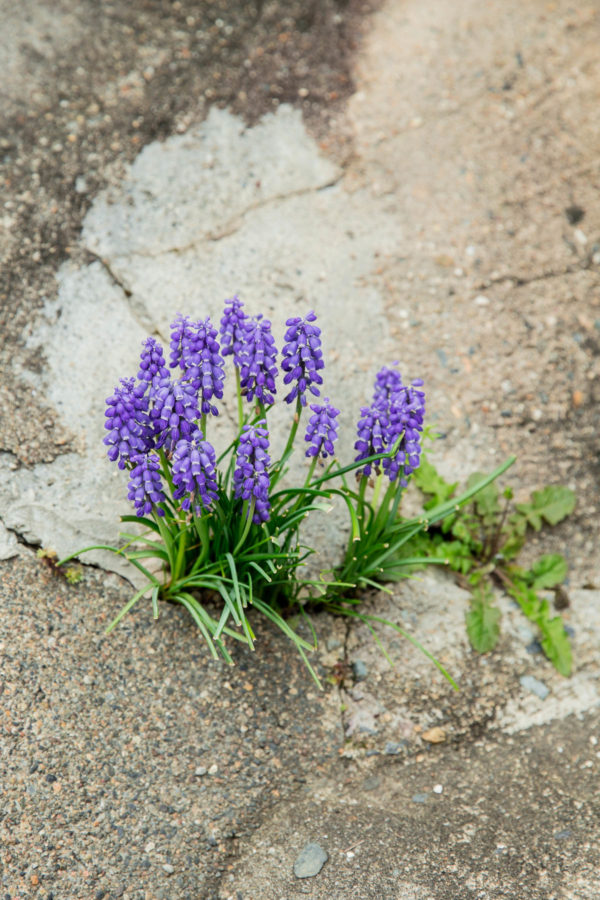


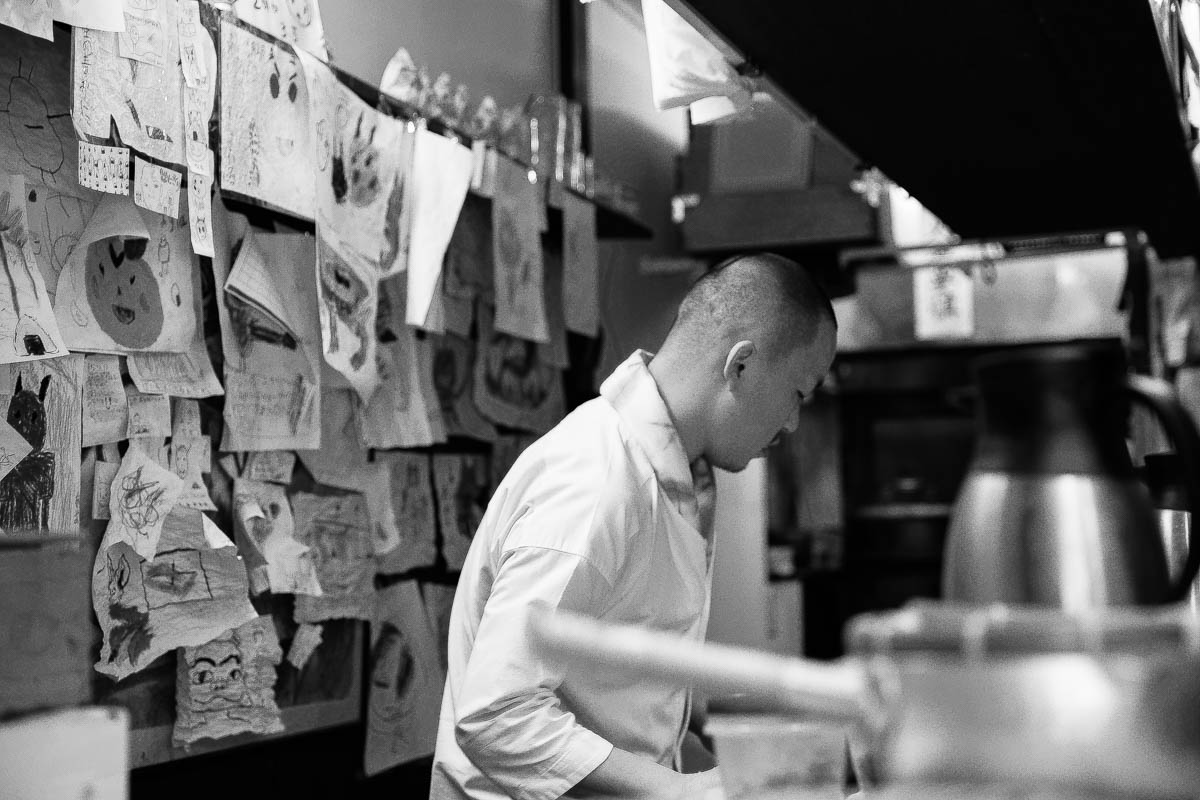

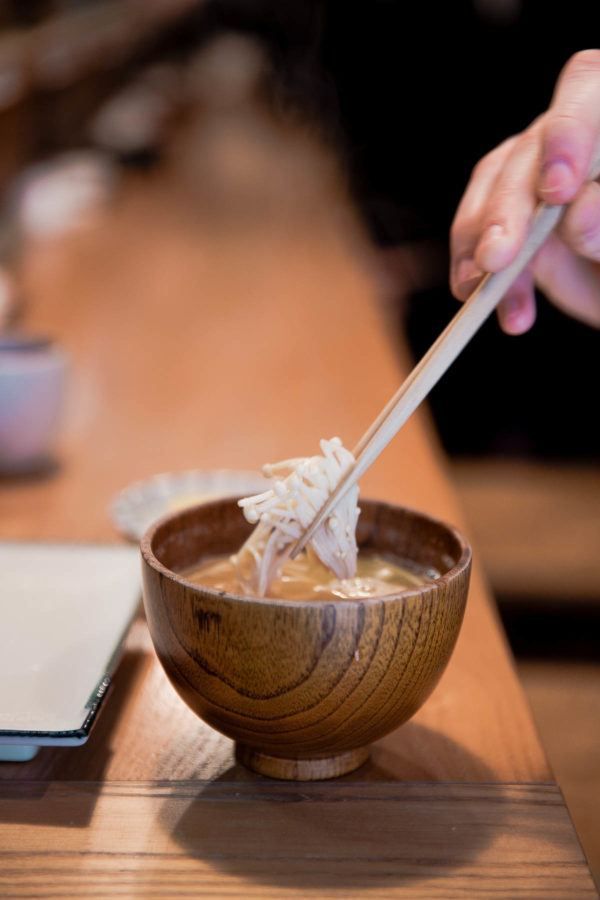







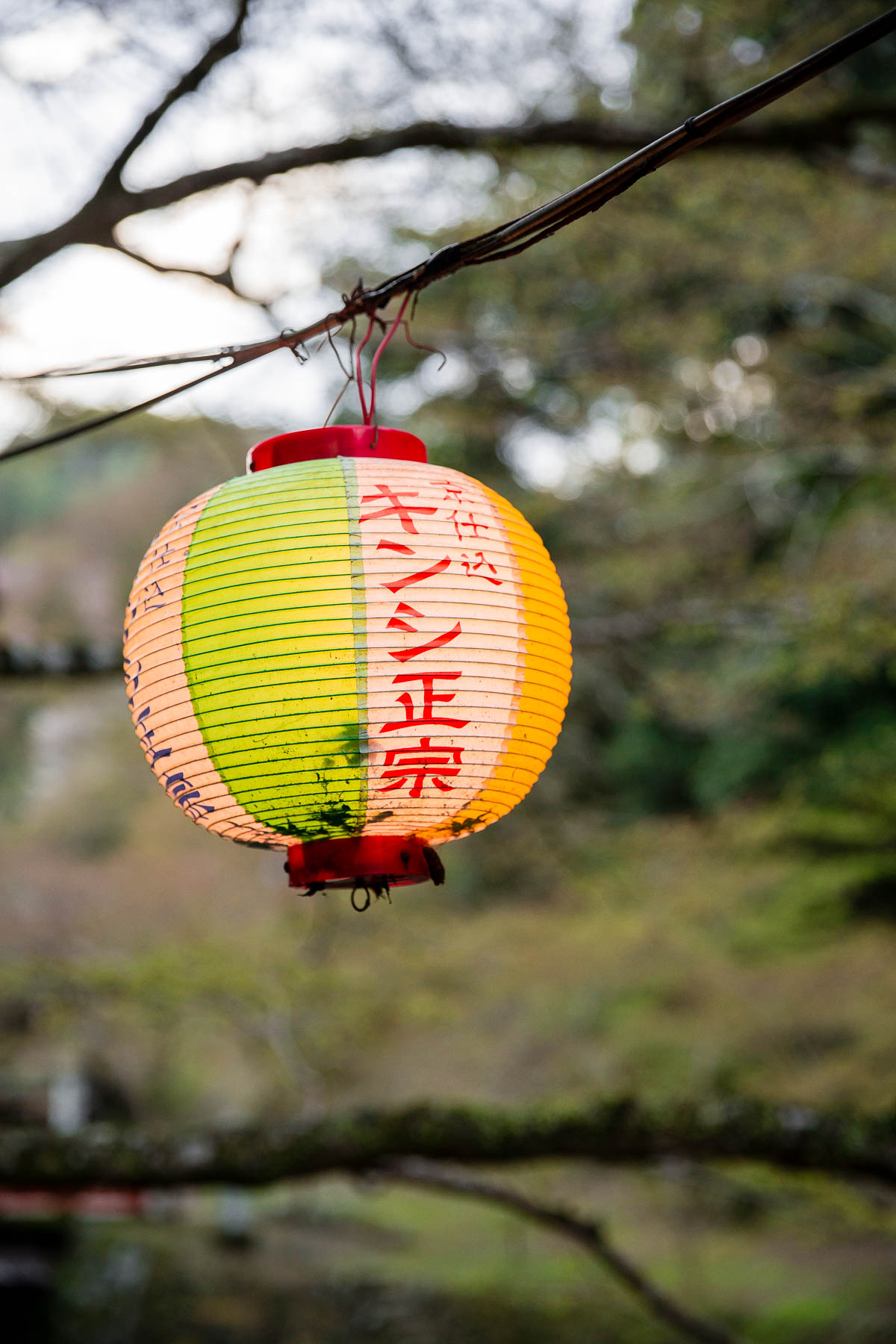

















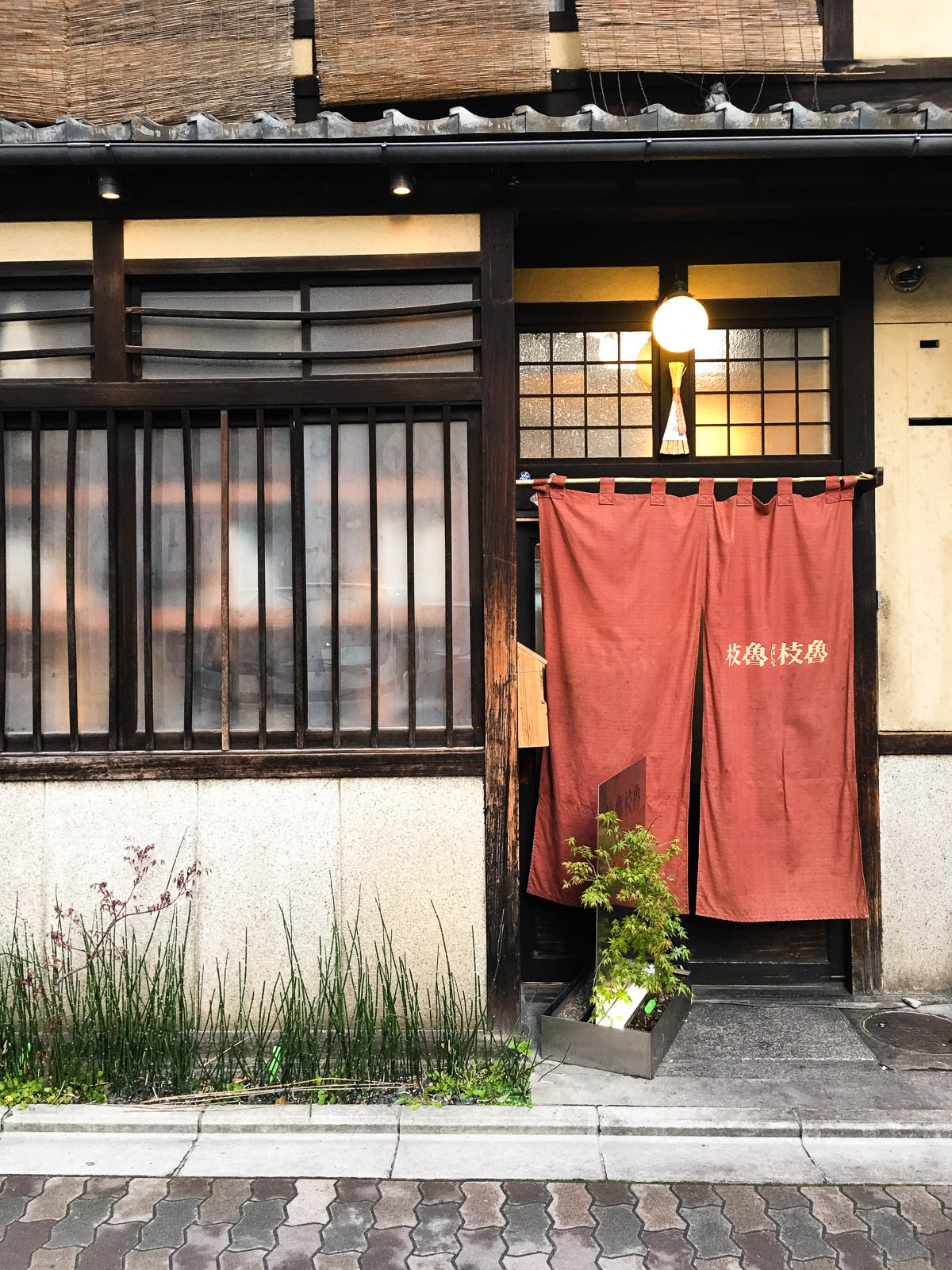
14 Comments on “Kyoto Travel Guide”
Hello, Laura!
Thank you for your deep article with so much helpful information! I really enjoy it and I wish to visit Kyoto someday! Thank you again!
The best travel guide I have ever read with utmost clear and realistic images. Amazing post. Thank you for sharing!
Hi Laura
I found your blog on account of Jeanine from Love and Lemons! These pics are simply staggering – making me need to visit Kyoto unquestionably. What camera and focal point do you use while voyaging? I have an ordinance 5D III with 100mm full scale for nourishment however it’s not the best for voyaging (weight and zoom savvy), so I couldn’t imagine anything better than to realize what you utilized for these.
Thank you so much!! I used my Canon 6D full frame and 24-70 mm lens. I also own a 100 mm macro but don’t find it practical to travel with! Hope that helps.
It’s funny, your pictures are making me all nostalgic for a place I’ve never been to. It makes me happy to see that so many artifacts of Japanese culture continue to be preserved.
Your post is so useful Laura. We’re in the process of planning our Japan trip around early April like you and I’m literally bookmarking so many links! Thank you for this wonderfully put together, comprehensive post.
– Supriya
So happy to hear it was helpful!! Let me know if you have any other questions.
Laura, I loooove this post! I hope to visit one day Japan and this was certainly helpful. The bamboo grove must have been unreal!
Hi Laura
Just found your blog thanks to Jeanine from Love & Lemons! These pics are just stunning – making me want to visit Kyoto definitely. What camera and lens do you use while travelling? I have a canon 5D III with 100mm macro for food but it’s not the best for travelling (weight and zoom wise), so would love to know what you used for these.
Thanks, and lovely to e-meet you!
Buffy 🙂
So thrilled that you discovered my site and found this helpful! Kyoto is amazing (Japan, in general, is one of my favorite places I’ve ever been). I shoot with a Canon 6D and have been using the Canon 24-70 mm, f 2.8 [affiliate link] lens for a year and absolutely love it for travel. It’s also great for food photography, but I prefer it for trips. It’s heavy, but takes amazing photos! I used to manage with my 100 macro, believe it or not! But it is nowhere near as versatile as the 24-70. Hope this helps!!
Beautiful photography, Laura! What time of the month did you go? Was it cold?
We were there April 7th – 16th. It was colder than I expected it to be, but it was also really nice too. Weather was about mid 60s – low 70s, but definitely chillier in the mornings. Thanks so much for the kind words!!
These shots are GORGEOUS! It was so fun to watch y’all on this trip.
Thank you so much!!! Can’t wait to meet next week!